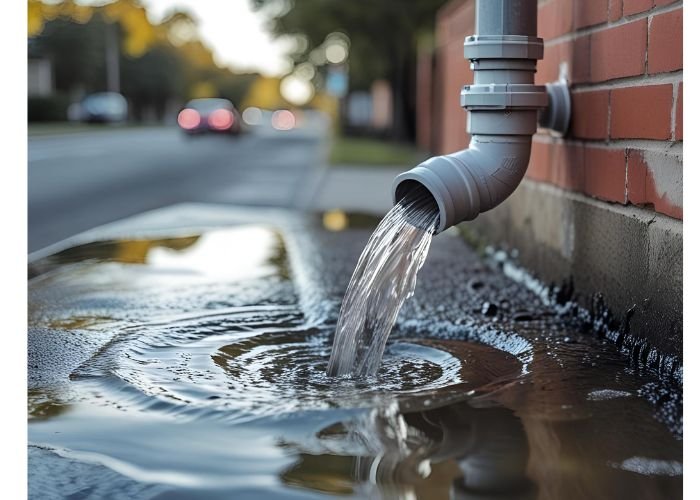
The winter season comes with its extreme weather conditions. You may experience heavy rain, wind and bad weather that may affect your home’s defenses.
Your roof is your home’s first line of defense but most people tend to overlook it. And one major part of your roof is its plumbing system which includes gutters, downpipes, flashings and drainage. If those systems are not in the best working condition, you could end up with water damage, mold or even costly structural repairs.
So, before the weather gets so bad, there are some things you must check on your roof to make sure it’s in the best condition.
In this article, we’ll reveal to you the advice of a professional roof plumber in Melbourne on how to prepare for winter or storm season.
5 Tips to Keep Your Roof in the Best Condition
- Clear out gutters and downpipes
Leaves, dirt and debris can build up in your gutters over time and when winter rain begins, those build-ups can turn into serious blockage. When gutters are clogged, it causes water to overflow and spill down your walls, pooling around your foundation – that sounds bad already.
To prevent this from happening, grab some gloves, a gutter scoop and hose to flush everything out. If you don’t feel up to the task, call in a roof plumber to clean and inspect the entire system properly.
- Check for rust, cracks or leaks
Gutters and downpipes don’t last forever. Over time, they can rust, crack or separate at the joints. And when they do, rainwater gains access into places they shouldn’t go, like inside your walls or under your roof tiles.
So, do a visual scan on a dry day. Look for rust spots, water stains or sagging areas. Even a small water leak now can lead to expensive repairs after a few storms.
- Inspect flashings and seals around roof fixtures
Flashings are those thin strips of metal around chimneys, skylights, vents and valleys that help keep water out. The problem is, they can lift, warp or crack especially after a hot summer.
You want to make sure all flashing is sealed tightly and lying flat. If you spot gaps or cracks, then you should reseal or replace them. A roof plumber can do this quickly and save you from waking up to a leaking ceiling.
- Check your storm water drainage setup
Your downpipes should be channeling water away from your home, not letting it gather around your foundation. If they’re short, disconnected or allowing water to pool too close to your house, then you’re at risk of a storm water problem.
You should consider extensions, stormwater pits, or even a more efficient drainage system. A professional roof plumber can inspect your setup and recommend solutions for your property.
- Know when to call in a professional
If you notice that things are out of place on your roof, and you have no idea how to salvage the situation, call a licensed roof plumber. They’ll spit the issues you miss and fix them before the next heavy rain.
You can also schedule an annual inspection every autumn or spring to make sure your home remains in the best shape all year round.
Conclusion
Don’t wait for the rain before you find leaks on your roof. Pay some attention to your roof and you can save yourself a lot of money and stress from dealing with a leaking roof.
This checklist is simple but very effective and it’s better to implement it before the next big storm.
